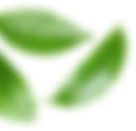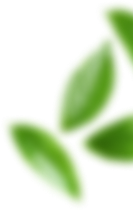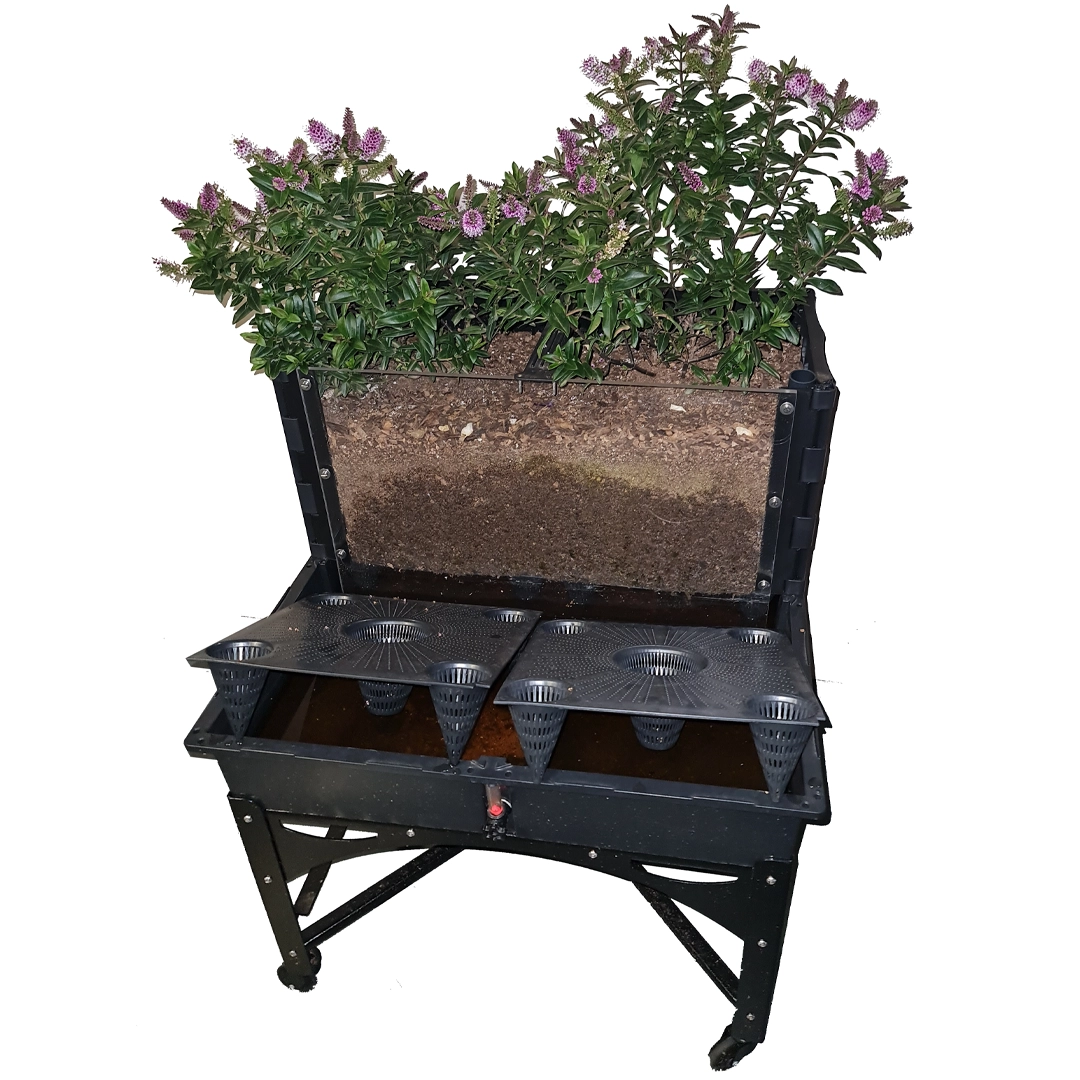One of the most significant issues for houseplants and crops is human error, and one of the most critical errors that people make when caring for their plants is to over or under-water them. Human error is why the idea of a self-watering planter box is so brilliant. These revolutionary planter boxes offer households a convenient and water-efficient way to grow food.
So what is a self-watering planter box, and how does it work?
Self-watering planter boxes consist of a planting container, a water reservoir (often located at the base of the planting container), a wicking mechanism, and a growing medium (such as potting soil). The wicking mechanism allows the growing medium to come into contact with the water, allowing the plants to perfectly “water themselves” through capillary action, never over or under-watering themselves.
You might be asking yourself why this plant-growing system is better than others, how it might work, and what the benefits are to yourself, your plants, and the environment if you use such a system. Before answering these questions, we should go into more detail about the self-watering planter box and how it works. Once you understand this, you should see all the benefits they can offer you.
There are various self-watering design options. This article will focus on the self-watering design of the WickBox™ self-watering planter box.
What Are The Major Components Of The WickBox™ Self-Watering Planter Box?
Several components comprise the WickBox™ self-watering planter box, all working together to create a revolutionary system. The major components involved include the following:
- A 30 litre water reservoir
- A wicking mechanism (4 wicking trays that contain wicking cups fit into the WickBox™ reservoir)
- A water fill tube (pipe)
- An overflow spout or hole
- A water-level gauge
- A drainage plug (located at the base of the water-level gauge)
- A planting container (the sides of the grower box that contains the growing medium)
The components listed above are shown in the image below. The image is a cross-section of a 2x2 grid WickBox™. The perspex sheet allows one to see what is happening inside the box.
The image of a fully assembled 2 x 2 grid WickBox™ is shown below.
These components are easily assembled and fit together to create a self-watering WickBox™ planter box. You pour the water into the water reservoir through the water fill tube. The water-level gauge allows you to check your water levels, which you top-up when necessary. The wicking trays (with wicking cups) sit within the water reservoir, ensuring that the growing medium has access to the water, allowing for capillary action.
The overflow hole or spout prevents over-filling by ensuring excess water can drain out of the reservoir when it is over-full. The drainage plug or hole at the bottom allows you to empty the water reservoir when storing, starting anew, or if the reservoir gets a build-up of gunk which can happen.
If you need to flush your reservoir, you can open your drainage hole and pour fresh water into the water fill tube until you can see clear water draining out of the drainage hole. It is always a good idea to give your reservoir a washout every once in a while or before you add fresh plants to your self-watering planter box.
You may add water-soluble nutrients to the water in your WickBox™ reservoir if you wish to give your plants an extra boost.
How Does The Self-Watering Planter Box Work?
Typically, most people water their plants from the top. You might not realise this, but this way of watering plants can cause unwanted problems, including spreading bacteria and fungus on the leaves of your plants. Whether you water your plant from the bottom or the top, human error can result in over-watering, leading to root rot, fungal disease, and oversaturation of the soil.
Contrastingly, self-watering planter boxes use a reservoir and a wicking mechanism to provide the plants growing within them with water. The WickBox™ self-watering planter box design consists of several wicking cups extending downwards into the water reservoir, allowing the growing medium contained in the wicking cups to make contact with the water. This section of growing medium will absorb water and, through capillary action, transfer the absorbed water to the roots of the plants growing in the growing medium.
To fully understand this process, you would need to understand the science behind it.
The Science Behind Self-Watering Planters
Plants absorb water through osmosis, which is the diffusion (spreading) of water through a semi-permeable membrane, such as a plant root. The water then moves through the plant using capillary action. Capillary action occurs due to several forces, but mostly because water is “sticky.”
You can thank the processes of adhesion (water molecules get attracted to and stick to other substances) and cohesion (water molecules like to stay close together) for this “sticky” nature. Capillary action occurs when the cohesive forces between the water molecules are less than the adhesive forces between the water and the solid material of the walls.
Regarding plants, capillary action propels the water through the roots and narrow tubes in the stems, moving it up to the leaves, where it evaporates during transpiration. The plant pulls up more water as transpiration occurs to replace what it lost. The transpiration rate will increase and decrease according to the surrounding light, humidity, and heat, among other factors.
This process is why planters using a water reservoir with a wicking system are so beneficial to many plants. The water reservoir allows them to access the water as needed, removing human error and eliminating the need for incremental watering changes to compensate for the continuous change in environmental conditions.
What Are Some Benefits Of Using A Self-Watering Planter Box?
There are several reasons you should opt to use a WickBox™ self-watering planter box, ranging from efficient water use to convenience. Let’s take a more in-depth peek at some of the advantages and benefits of using a self-watering planter.
Plants Prefer Wet Feet And Dry Ankles
Most plants prefer it if their feet (root areas) are wet or moist, but they don’t appreciate it if their soil is saturated. Instead, they like it if the top few inches of their soil is dry. In many cases, if you water your plants from the top or use a saucer to water them from the bottom, it results in oversaturated soil, especially if you overwater.
The wicking trays create a separation between most of the growing medium and the reservoir, preventing the plant’s “ankles” from getting saturated while keeping its “feet” nice and moist through their wicking mechanism.
Only growing medium in the wicking cups makes direct contact with the water. If the growing medium is too wet, the excess water drains through the wicking tray holes into the reservoir until optimal soil moisture is reached.
It Helps To Prevent Plant Diseases
For example, plants like phlox and tomatoes tend to get fungal diseases if their leaves get wet. Using a self-watering planter box where the water is absorbed through a wicking system from below helps to bypass this issue and results in healthier plants.
Less Frequent Watering With A Consistent Moisture Level
The plants can absorb as much water as needed, so their moisture content levels will be more consistent. The water reservoir also reduces human error for those who forget to water their plants and then over-water to compensate.
If you hand water your plants, you may have to water them several times a day during hot weather. With the self-watering planter box, depending on the environmental conditions and the type of crop/s planted, you might go for one to two weeks before needing to top-up your reservoir.
Research shows that you will get a higher yield when using a self-watering planter box for plants that don’t like inconsistent watering, such as tomatoes.
Uses Water More Efficiently
As the water is kept in an enclosed reservoir, there is less chance for it to evaporate into the air. Instead, it gets absorbed directly into the plant’s roots. On the other hand, when you water your plants from the top or spray them, a large percentage of that water will land on the leaves or the soil’s surface, where it will evaporate before it can benefit the plant.
Final Thoughts
The overall benefits of using an SGF self-watering planter box are high. It allows for more efficient water use and reduces the frequency you need to water your plants. The water reservoir and wicking system enable plants to absorb the right amount of water to suit their environmental conditions.
These optimal watering conditions result in a healthier plant with a higher yield from fruit-bearing crops. It also reduces human error, which reduces plant disease. Put simply, less effort is required with the WickBox™ self-watering grower box resulting in healthier plants with higher crop yields.
Less effort with better results sounds like a winning recipe!



